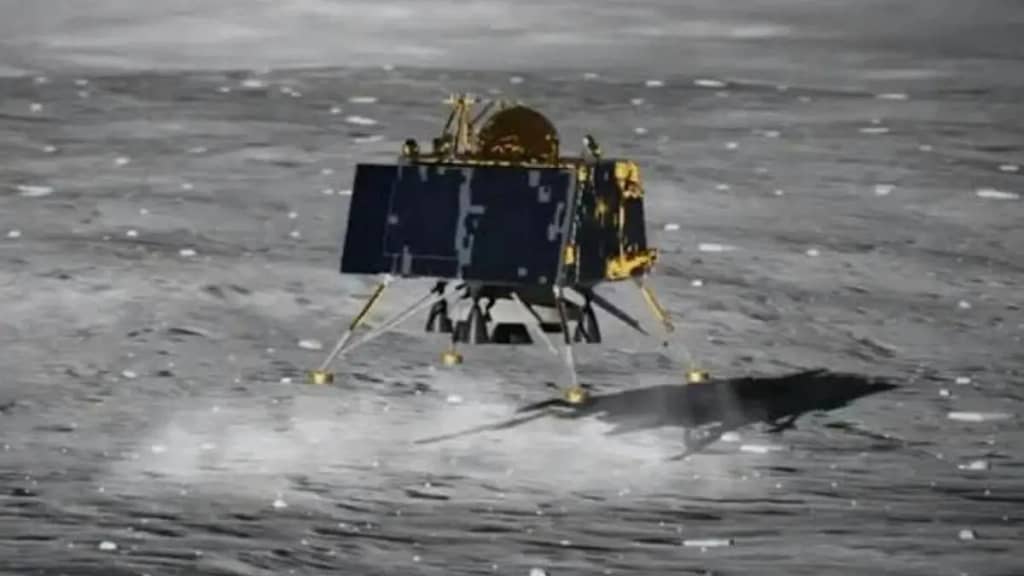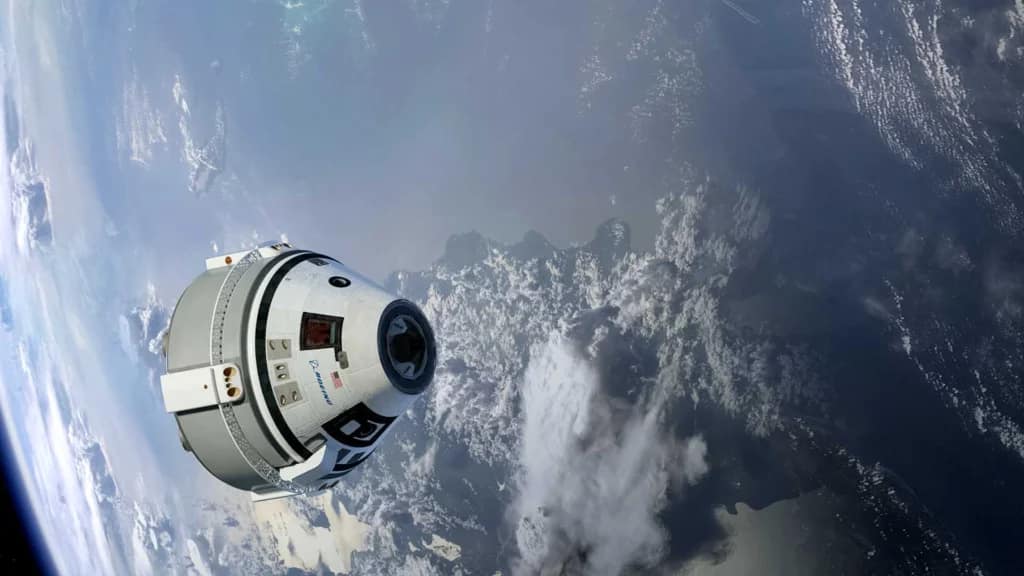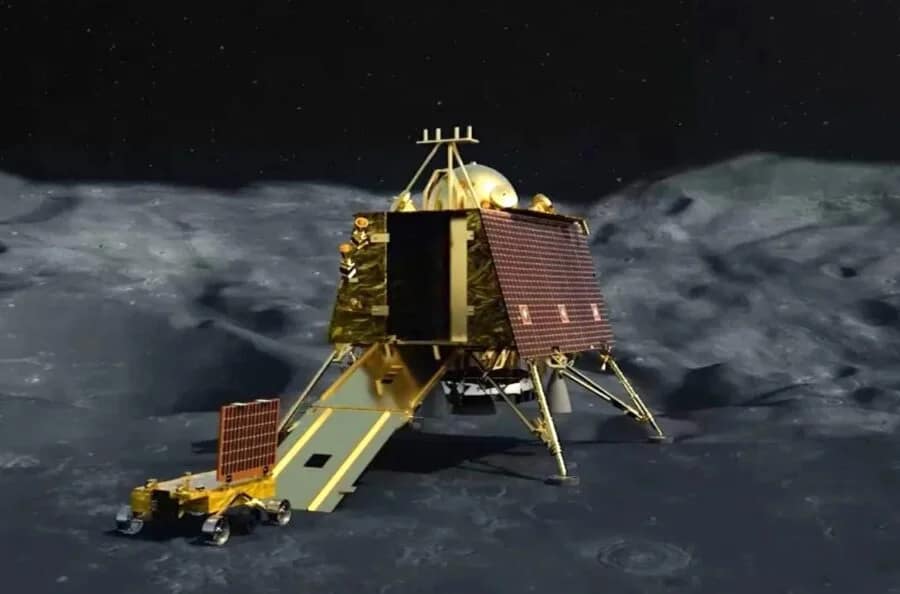The Chandrayaan spacecraft and its rover, Pragyan, embarked on a historic mission to explore the Moon. In the harsh lunar environment, where temperatures drop to an astonishing -250 degrees Celsius during the extended lunar night, the Chandrayaan mission faced numerous challenges. Yet, it was a testament to India’s ingenuity and cost-effective approach, with a total budget of just $75 million, less than half of what China spent on its lunar rover.
The Chandrayaan mission’s primary objective was to investigate the largely uncharted South Pole of the Moon, a region believed to hold valuable resources such as ice that could potentially be used for drinking water and rocket fuel. However, the South Pole presented its own set of challenges, with extreme cold and extended periods of darkness due to the Moon’s unique rotational synchronization with the Earth.
The mission’s rover, Pragyan, had just 14 days of sunlight to complete its tasks. To maximize its operational time, Pragyan’s solar array was positioned to face the Sun immediately upon landing, generating a modest 50 watts of power. Pragyan couldn’t transmit data directly to Earth but relied on the lander and an orbiter to relay information back home. This communication constraint meant that the rover had to stay within 500 meters of the lander.
Pragyan operated semi-autonomously, with its controllers in India plotting its path and the rover navigating safely, using two front-facing cameras to detect obstacles. This system proved crucial when the rover narrowly avoided a collision with a 4-meter-wide crater during its early days on the Moon.
Pragyan Findings
While Pragyan explored the lunar surface, it carried out experiments, including using a laser detector to analyze the elements present in the lunar soil. These experiments yielded valuable data, revealing the presence of elements like aluminum, sulfur, iron, silicon, and oxygen, all of which are critical resources for potential future lunar missions.
One of the most intriguing findings occurred when the lander drilled a temperature sensor into the lunar surface. Scientists had expected temperatures around 20 degrees Celsius but discovered a stark contrast: the surface temperature was approximately 60 degrees Celsius, dropping to -10 degrees Celsius just 8 centimeters below the surface. This temperature variation provided valuable insights into the Moon’s composition.
However, as the lunar night approached, Pragyan and the lander had to prepare for the challenging conditions. Engineers strategically positioned the rover’s solar panel to capture the first rays of sunlight after the 14-day night. On September 3rd, both vehicles entered hibernation mode as their batteries depleted, cutting off communication with Earth.
At the time of writing this article, Chandrayaan and Pragyan have endured the harsh lunar night for two weeks. The world waits with bated breath for signs of life from these remarkable machines. If the electronics have survived, the rover will attempt to communicate with the lander, which will relay the signal back to Earth. The achievement would be monumental, marking the first successful survival of a lunar night without the costly radioactive heating unit employed by China’s rover.
Whether or not Pragyan and Chandrayaan emerge from this lunar ordeal, their mission will be etched in history. India’s foray into the South Pole of the Moon has expanded our understanding of the lunar environment, its resources, and its geological composition. The mission has demonstrated that space exploration need not be prohibitively expensive, paving the way for future endeavors.
In conclusion, Chandrayaan’s journey to the Moon and the resilience of its rover, Pragyan, exemplify India’s determination to explore the cosmos within budgetary constraints. Regardless of the outcome, the mission has contributed significantly to our knowledge of the Moon’s resources and structure, and it represents a remarkable achievement in space exploration. The world watches eagerly for any signs of life from these lunar pioneers as they endure the frigid lunar night, with the hope that they will continue their mission of discovery.




